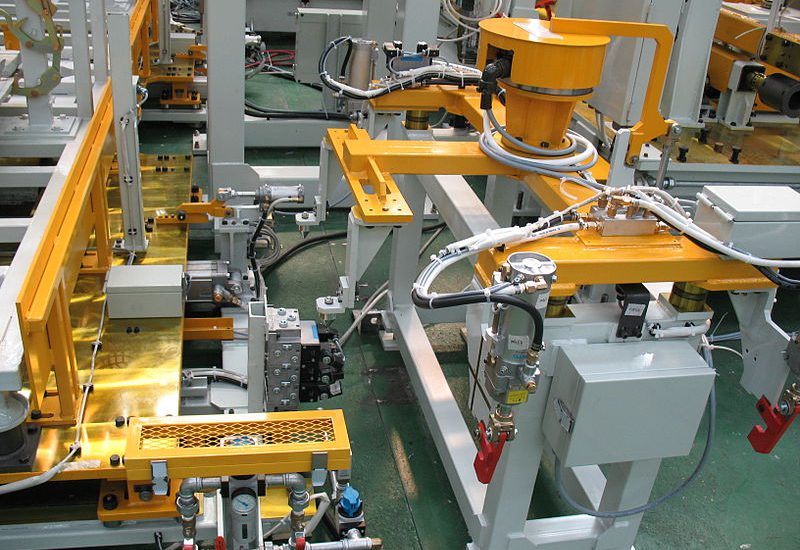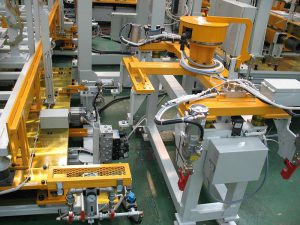- August 19, 2020
- Posted by: David Marshall
- Category: Manufacturing

If you’ve ever made pancakes on a Saturday morning, you probably know the first one is always the throwaway, the mistake, the burnt offering to the breakfast gods. It’s the one you either throw in the garbage, or sneak eat while everyone else is still getting ready. You burned it or undercooked it, or something is just not right about it.
Every other pancake after that is just fine, cooked to the perfect doneness and not the abomination you made the first time.
The fact that I want pancakes now notwithstanding, this is an apt analogy for how and why digital manufacturing can be a real money saver for manufacturers.
 In typical manufacturing operations, the first few units of any new setup are just like that first pancake: they’re the ones that don’t meet the specs because you’re tweaking the machines and trying to get them just right so you can produce the parts that meet the exact standards.
In typical manufacturing operations, the first few units of any new setup are just like that first pancake: they’re the ones that don’t meet the specs because you’re tweaking the machines and trying to get them just right so you can produce the parts that meet the exact standards.
But with a digital manufacturing setup, you can predictably do things right the first time. A lot of waste and cost goes into fundamentally fixing things that shouldn’t have gone wrong in the first place, but that’s not because of a digital or AI issue, it’s the human element.
In the digital world, once you’ve got the system up and running and ironed out the kinks, it will run predictably and repeatably forever.
Digital Twinning Means Repeatable Processes
Digital twinning is another facet of digital manufacturing. It means that once you’ve got your primary system working, you can copy the settings on your machines and install them on new machines and have everything working properly without a lot of tweaking. You can do this whether the new operation is across the room or halfway around the world.
Digital twinning not only helps you become agile faster, it helps you find your improvements faster. And if you have to upgrade your other technology, it gives you a baseline for finding your original optimal baseline.
Upgrading your equipment will often affect the results of your specs. While you can make everything exactly the same using the same methods, it’s always worth a look to see if you can make any improvements.
For example, in a fiberglass filament winding operation like Duoline, we used steam as a curing medium. But there are always improvements in boiler technology, and that could have an impact on your operation. For example, if you built your digital manufacturing setup in 2015, and decided to expand and use digital twinning, you would need to look at how the improved boiler technology is going to affect your settings. You even need to look at things like the altitude of the new manufacturing plant, and even the availability of that equipment and parts in other countries.
As long as you’re using digital twinning as your starting point, you’re already miles ahead of the game in trying to recreate the already-successful operation. And once you set everything up, you can immediately start creating parts without any kind of error or “burnt pancakes” when you get started.
I’ve been a manufacturing executive, as well as a sales and marketing professional, for a few decades. Now I help companies turn around their own business, including pivoting within their industry. If you would like more information, please visit my website and connect with me on Twitter, Facebook, or LinkedIn.
Photo credit: Mixabest (Wikimedia Commons, Creative Commons 3.0)

